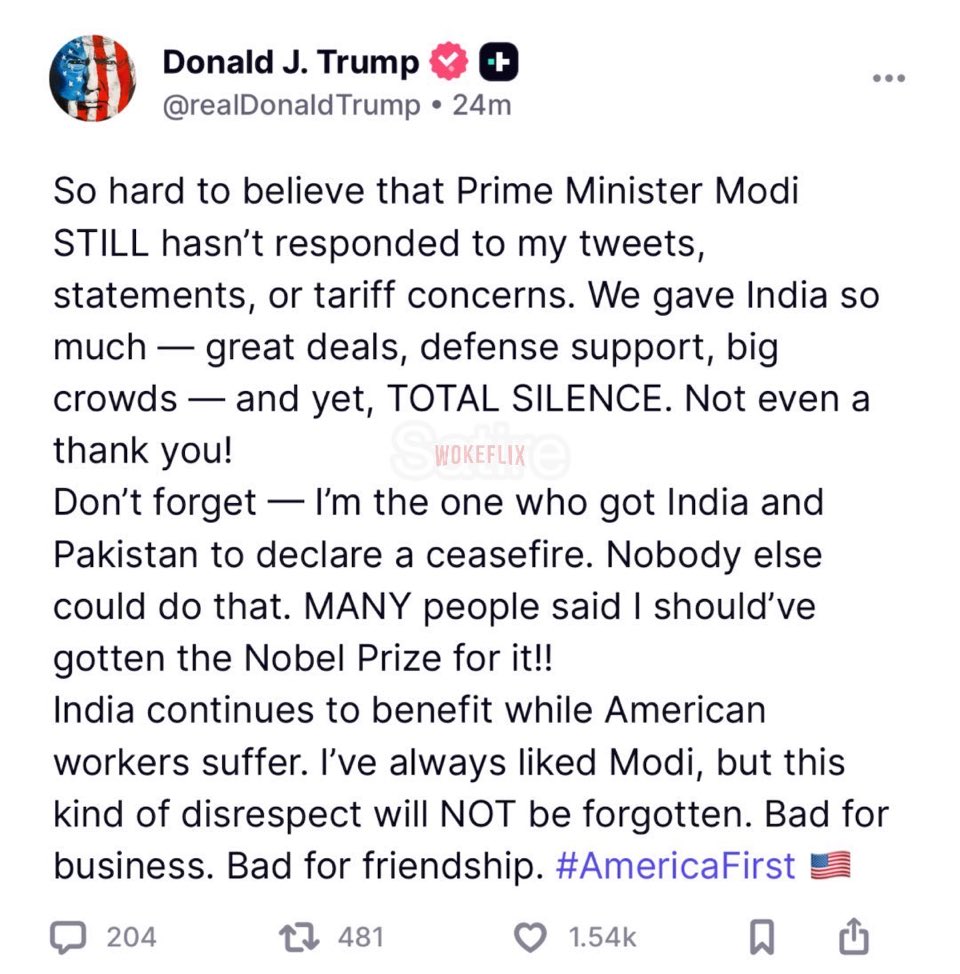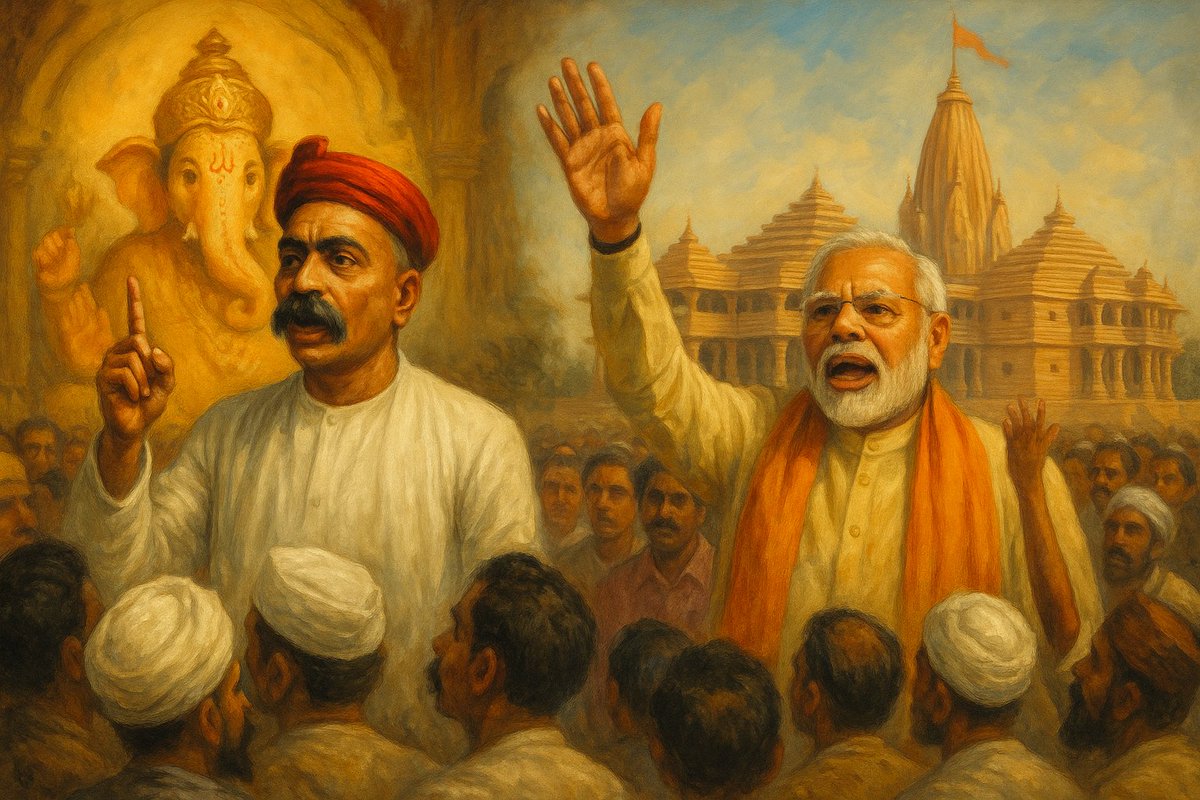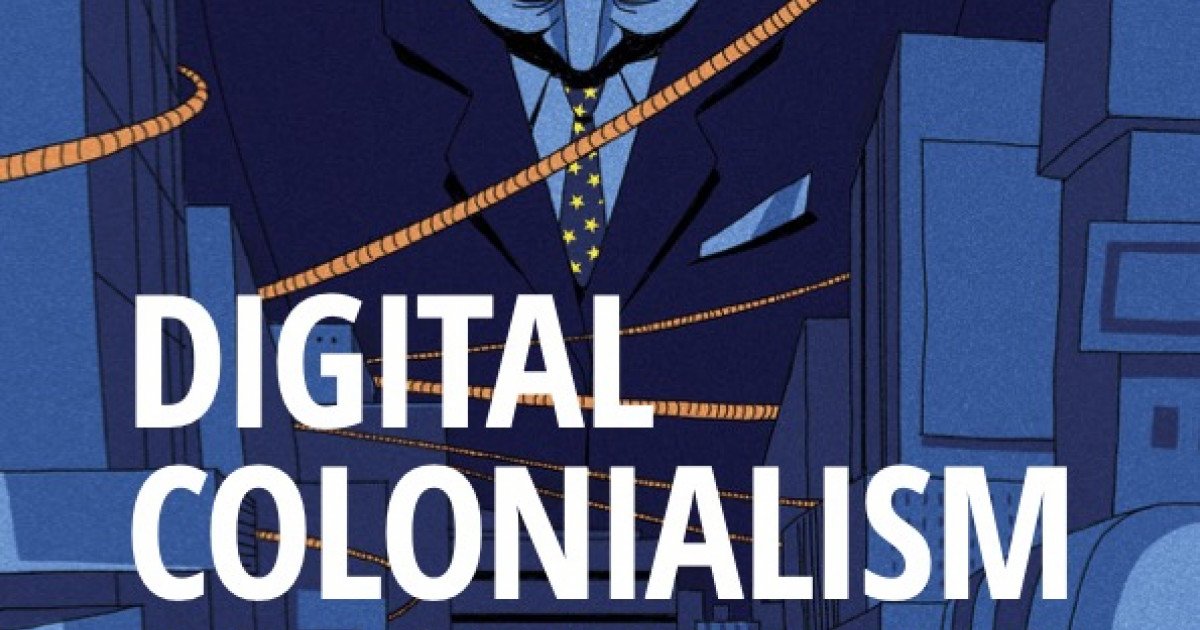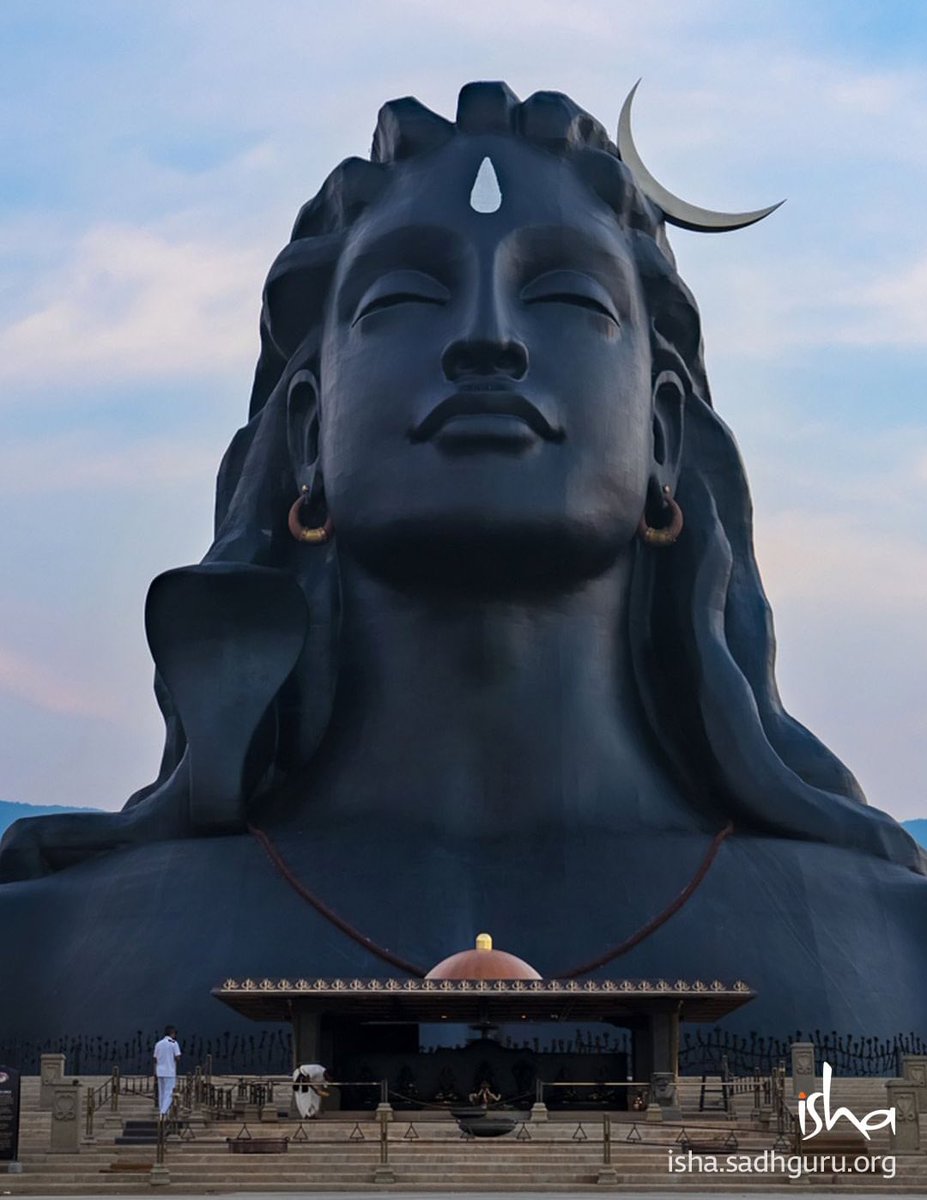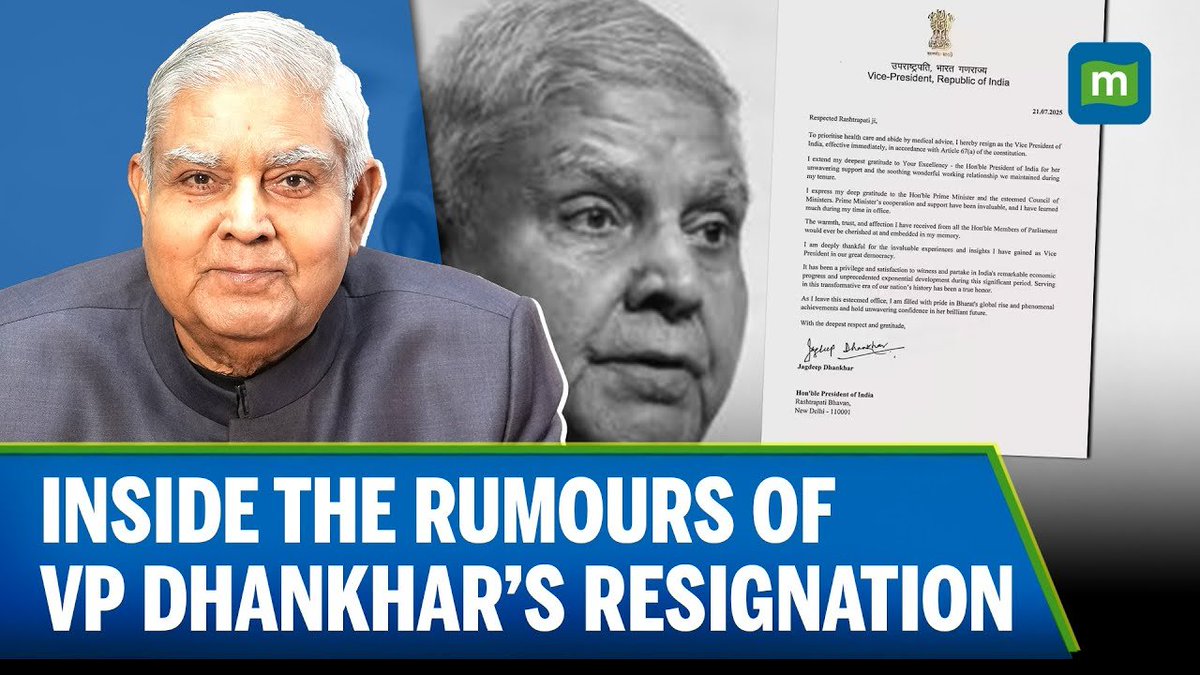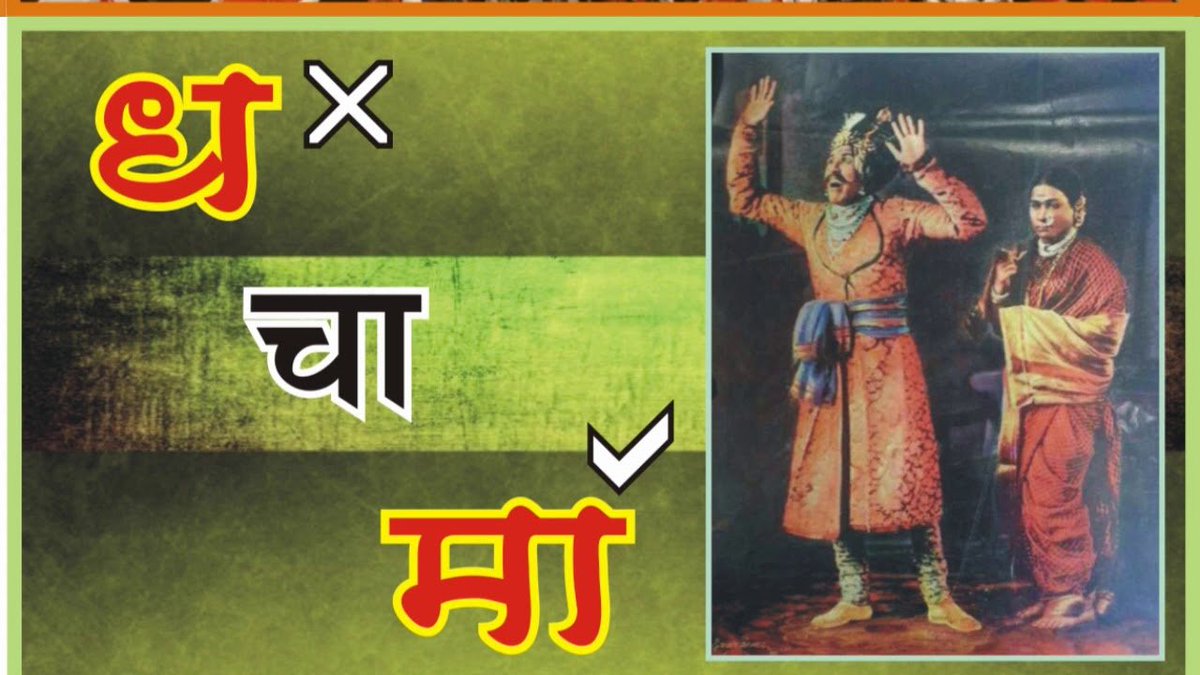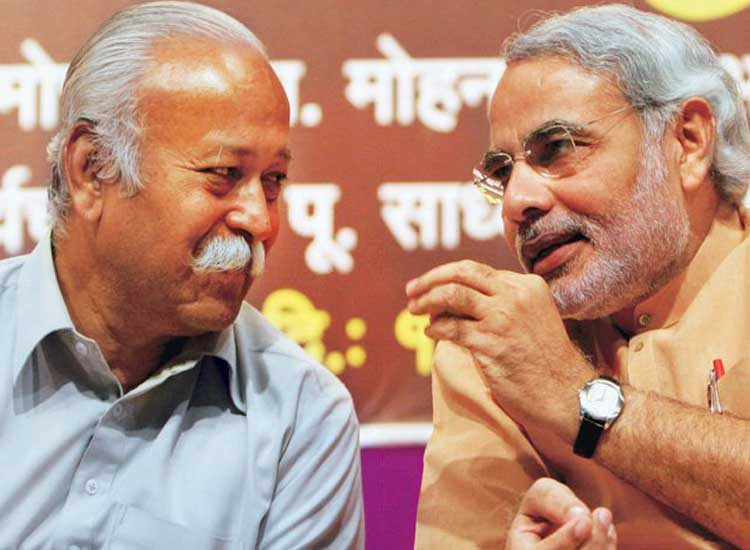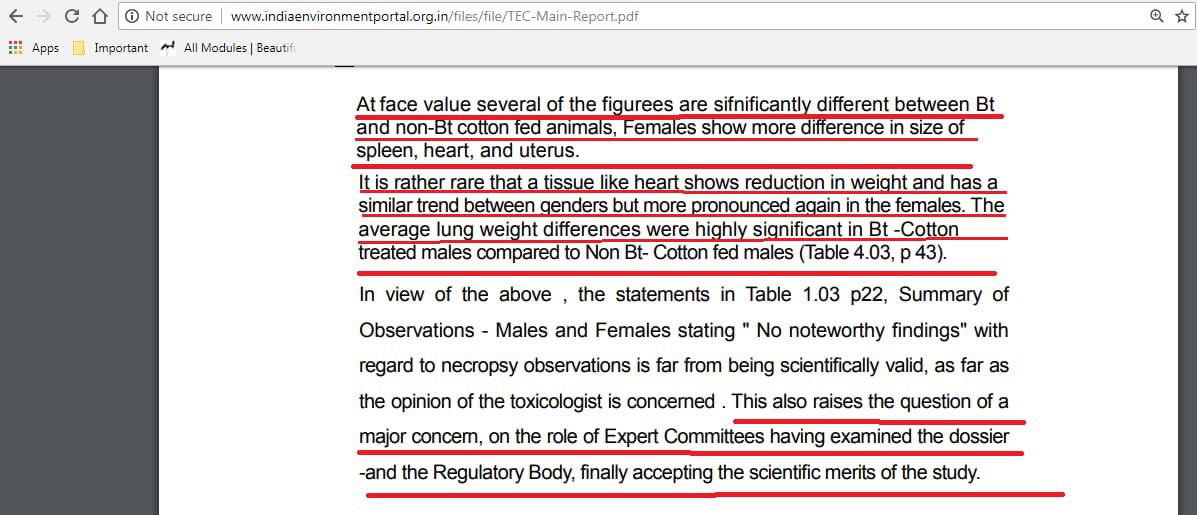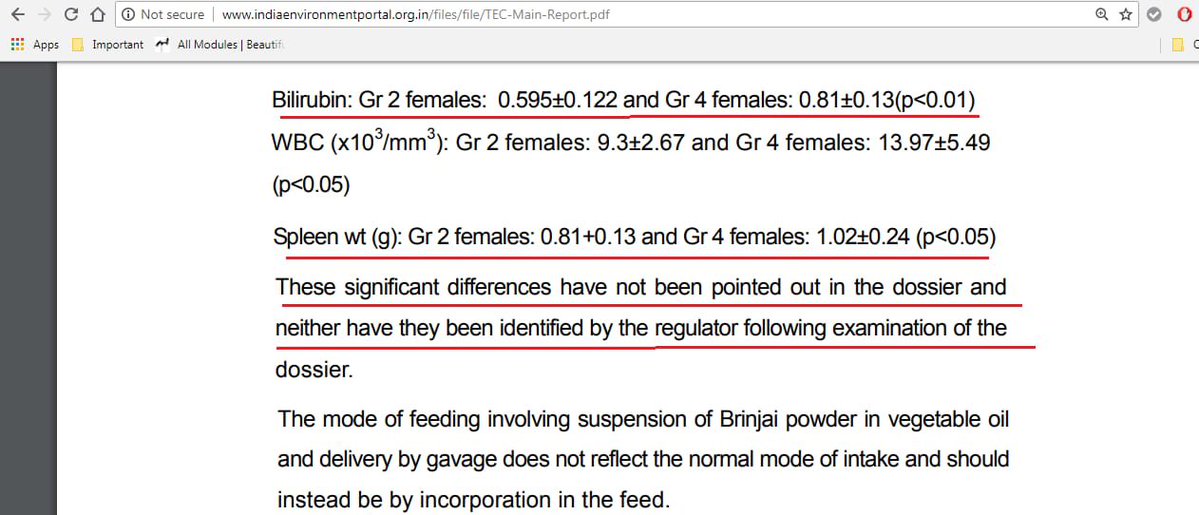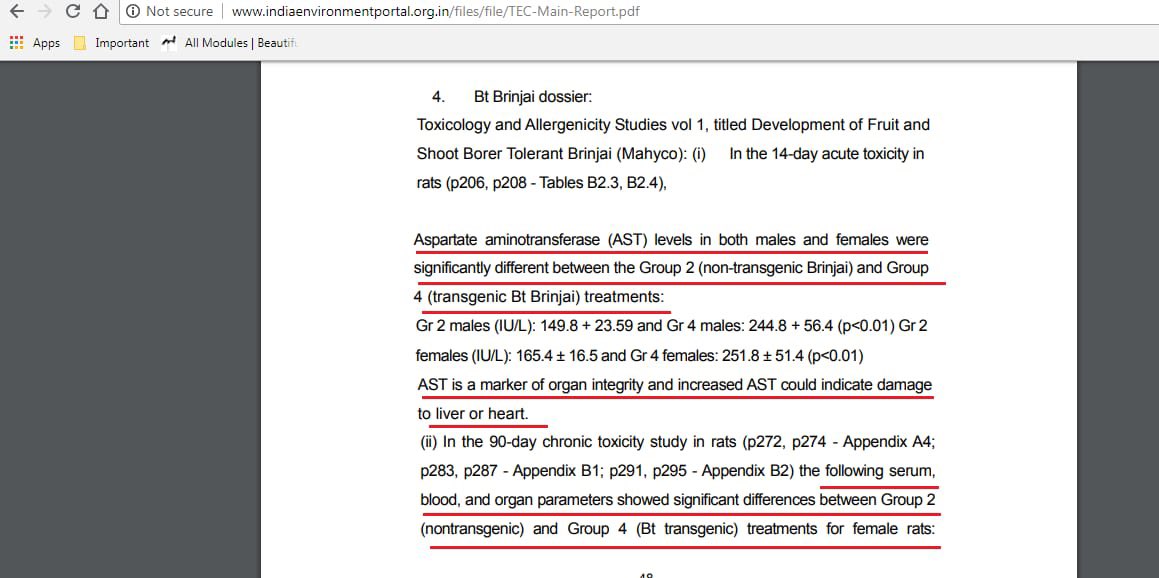Ye Kahan se Kahan Aa gae Hum!!!
Tea stalls, dinners, weekend hangouts buzz with outrage on politics.
But here’s the real question:
If we don’t know how to measure a leader, what’s the point of all the noise?
Tea stalls, dinners, weekend hangouts buzz with outrage on politics.
But here’s the real question:
If we don’t know how to measure a leader, what’s the point of all the noise?

1.
We love to fight over politicians:
Trump, Putin, Zelensky - who is good?
Modi is problem even if India is growing and becoming powerful in every way.
Rahul Gandhi sounds like a foreign-scripted pawn.
Thackeray destroyed his father’s legacy.
Celebrities, sports stars, comedians enter politics-some deliver, many wreck governance with hollow theatrics.
We love to fight over politicians:
Trump, Putin, Zelensky - who is good?
Modi is problem even if India is growing and becoming powerful in every way.
Rahul Gandhi sounds like a foreign-scripted pawn.
Thackeray destroyed his father’s legacy.
Celebrities, sports stars, comedians enter politics-some deliver, many wreck governance with hollow theatrics.
2.
The world Trump’s policies and tantrums.
Basically… mostly shouts.
What if, instead, we, Bharatiyas, used our own 2,000-year-old playbook to assess leaders—based on Dharma, merit, and statecraft?
The world Trump’s policies and tantrums.
Basically… mostly shouts.
What if, instead, we, Bharatiyas, used our own 2,000-year-old playbook to assess leaders—based on Dharma, merit, and statecraft?
3.
Ancient Bharat’s Process:
R.C. Majumdar, in Corporate Life in Ancient India, opens his chapter “Corporate Activities in Political Life” with something we forget: kings in Vedic Bharat could be chosen, not merely born. Through corporate action by assemblies, rulers were selected with keen competition and public consent via the sabha(council of elders) and samiti (people’s assembly).
Multiple councils checked abuse.
Unfit dynasts were rejected (unlike today), capable leaders installed.
Ancient Bharat’s Process:
R.C. Majumdar, in Corporate Life in Ancient India, opens his chapter “Corporate Activities in Political Life” with something we forget: kings in Vedic Bharat could be chosen, not merely born. Through corporate action by assemblies, rulers were selected with keen competition and public consent via the sabha(council of elders) and samiti (people’s assembly).
Multiple councils checked abuse.
Unfit dynasts were rejected (unlike today), capable leaders installed.
4.
DVG’s Saptāṅga – 7 limbs of the State:
Swāmi (ruler)
Amātya (ministers)
Janapada (people/territory)
Durga (defence)
Kośa (treasury)
Daṇḍa (force)
Mitra (ally)
A ruler is just one limb. All must function in balance.
DVG’s Saptāṅga – 7 limbs of the State:
Swāmi (ruler)
Amātya (ministers)
Janapada (people/territory)
Durga (defence)
Kośa (treasury)
Daṇḍa (force)
Mitra (ally)
A ruler is just one limb. All must function in balance.
5.
DVG’s warning for democracies:
Sovereignty lies with the people.
We must be politically educated to “use the ballot wisely.”
Dharma must guide power:
“Punishment must arise from Dharma—never abandon Dharma.”
DVG’s warning for democracies:
Sovereignty lies with the people.
We must be politically educated to “use the ballot wisely.”
Dharma must guide power:
“Punishment must arise from Dharma—never abandon Dharma.”
6.
The Voter’s Dharmic Checklist:
Guna – Integrity, truthfulness, restraint.
Śakti – Proven administrative skill, crisis-handling.
Yogyatā – Fit for this time & context.
Saptāṅga Alignment – Can they manage ministers, defence, treasury, diplomacy, and public welfare effectively?
The Voter’s Dharmic Checklist:
Guna – Integrity, truthfulness, restraint.
Śakti – Proven administrative skill, crisis-handling.
Yogyatā – Fit for this time & context.
Saptāṅga Alignment – Can they manage ministers, defence, treasury, diplomacy, and public welfare effectively?
7.
What We’ve Lost:
Ancient process = 2 stages:
1. Sabha screened candidates for virtue, capacity, fitness.
2. Samiti ratified.
Arthashāstra: “Install a king who is wise, disciplined, devoted to truth, able to protect.”
No unfit name reached the people.
What We’ve Lost:
Ancient process = 2 stages:
1. Sabha screened candidates for virtue, capacity, fitness.
2. Samiti ratified.
Arthashāstra: “Install a king who is wise, disciplined, devoted to truth, able to protect.”
No unfit name reached the people.
8.
Today = Minimal legal filters under the Representation of the People Act.
Anyone with surname, money, or celebrity can contest.
We—the voters—are the sabha now. But we rarely act like one.
Today = Minimal legal filters under the Representation of the People Act.
Anyone with surname, money, or celebrity can contest.
We—the voters—are the sabha now. But we rarely act like one.
9.
This is why “all politicians are the same” is lazy.
Ancient Bharat front-loaded quality control.
We skip it. Then complain.
Rebuild those filters—inside our own civic behaviour.
This is why “all politicians are the same” is lazy.
Ancient Bharat front-loaded quality control.
We skip it. Then complain.
Rebuild those filters—inside our own civic behaviour.
10.
Citizen = Sovereign.
Majumdar’s Bharat made king-making a corporate duty.
Our Bharat makes government-making a civic duty.
Apply the Saptāṅga, test with Dharma–Daṇḍa balance, think like a sabha.
Leaders will look different. And so will we.
Citizen = Sovereign.
Majumdar’s Bharat made king-making a corporate duty.
Our Bharat makes government-making a civic duty.
Apply the Saptāṅga, test with Dharma–Daṇḍa balance, think like a sabha.
Leaders will look different. And so will we.
Full Article:
medium.com/@j.gargi/we-ar…
medium.com/@j.gargi/we-ar…
• • •
Missing some Tweet in this thread? You can try to
force a refresh


